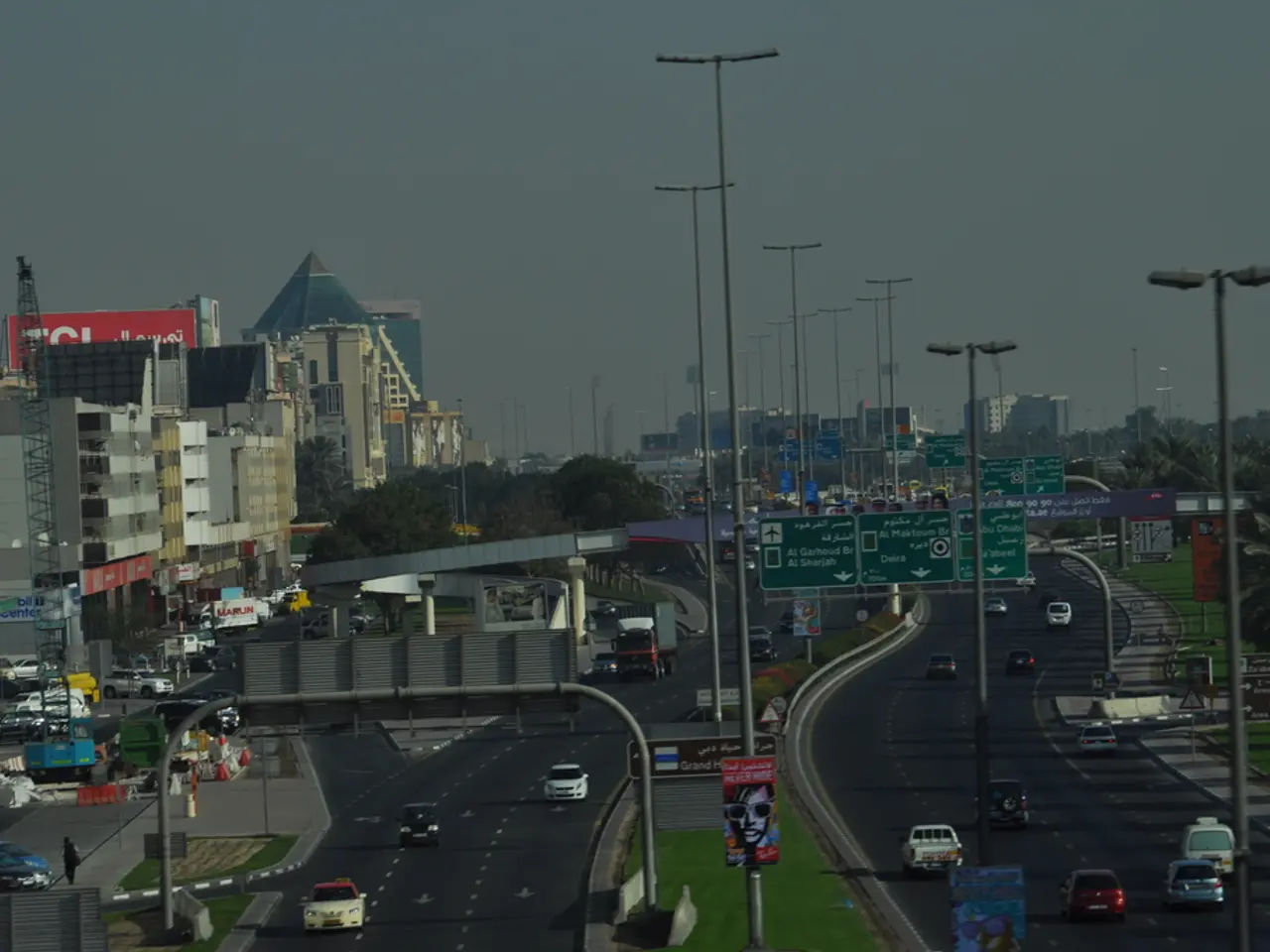Smart Cities: Innovative Financing and IoT Transform Urban Infrastructure
The path to smart cities is paved with innovative financing models and transformative technologies. A recent report, 'Financing Models for Smart Cities', offers financial mechanisms to mitigate risks and sustain investments in smart infrastructure. Meanwhile, the Internet of Things (IoT) promises improved services and enhanced quality of life.
Lack of financing is often the primary barrier to swift smart city development. However, cities like Mumbai have successfully employed various financing models to drive progress. Public-private partnerships (PPP), blended finance, and performance-based contracts have enabled investments in wastewater recycling and nature-based water purification methods, reducing water scarcity and improving public health.
IoT applications, such as smart bridges and trash cans, can revolutionize urban infrastructure. Smart bridges can alert engineers to structural changes in real time, while smart trash cans can optimize waste management, saving cities significant amounts. Barcelona, for instance, has saved $4.1 billion over ten years through efficient waste collection.
The 'Smart Cities Financing Guide' outlines 28 municipal finance tools for city leaders. These include interest subsidies and revolving funds for energy-efficient technologies. Public-private partnerships can also deliver IoT benefits in underserved areas, as seen in Mumbai's water distribution system.
With the right financing models and IoT technologies, cities can become smarter, more efficient, and sustainable. By reducing barriers to investment and leveraging innovative solutions, urban areas can improve services, enhance quality of life, and save significant resources in the long run.







